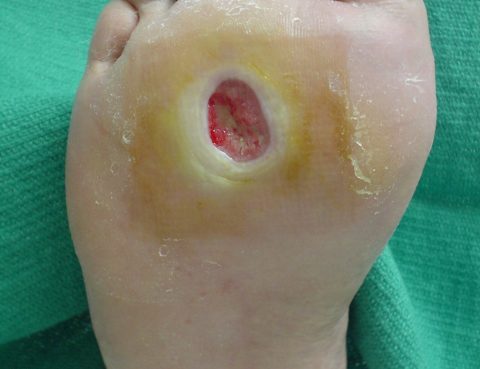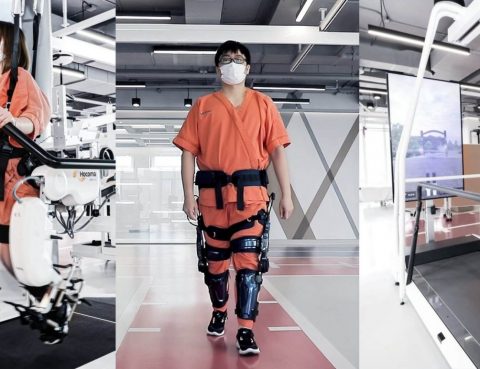
Stroke seems to be the worst nightmare in one’s life. Having this make an individual incapable of doing the normal activities he used to do. This may reduce the mobility and may sometimes lead to depression and anxiety. Common signs and symptoms of stroke (occurs when the blood supply to the brain is interrupted or…

Osteoarthritis is commonly found in the elderly due to long-term use of knee joint that resulted to wear it. However, it is also found to those patients who has fracture around the knee, has septic arthritis of knee joints or has rheumatoid arthritis. Almurshidi Medical Agency will help the patients find the best doctors and…

Eating food is one of the happy pills the people in this era are being used to. However, nowadays, many are more focused on their daily activities which exercise and healthy lifestyle are being compromised. How to get a sexy body without exercise? Almurshidi Medical Agency is partnered with one of the best hospitals in…

Human spine is the most important part of the body since this is on the center protecting the spinal chord and nerves. Sometimes, as much as we want to have a non-surgical treatment, if chronic back pain occurs, the patient has to undergo spinal surgery treatment. Patients don’t need to worry since Almurshidi Medical Agency…

People (especially women) nowadays are conscious to their looks, especially when having a date or meeting special someone. And to those who are eager to do the procedure, Thailand is the number one country to visit as here they offer the most affordable and quality surgery for the patient. This surgery is a combination of…
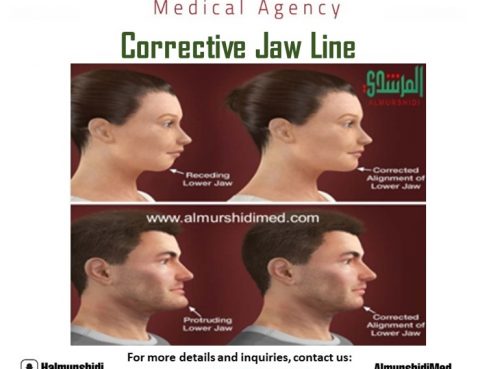
Patients who have problem in jaw alignment cannot be resolved using braces or with the help of orthodontics alone which is why jaw surgery is necessary. However, before the procedure has been started, the patient should have braced the teeth and during recovery until the healing are complete. Almurshidi Medical Agency is connected to the…

Having a sensitive skin is not easy to deal with. A lot of money needs to spend to be able to attain a flawless skin. But why do we have to suffer if there is a product which ingredients are naturally sourced from all over the world. Snail White has been internationally recognized on its…

Snail White is one of the leading skin care products in Thailand due to its variety: Products varies according to your needs such as: Facial Cream – helps smoothen out fine lines and wrinkles, make the skin appear brighter, plump and more youthful. Anti-Aging – the most concentrated restorative serum Facial Cleanser – melt away…

Most of the foreign nationals are seeking medical treatment in Thailand. Common to them are looking for a best physical rehabilitation center which they cannot find in their own country. Almurshidi Medical Agency offers you the best doctors and hospitals, providing the best care that the patients are longing for. Why choose Almurshidi Medical…

Thailand is well known for its cosmetic surgery not only because of its quality but also due to affordability. Most of the foreign nationals are travelling to the Kingdom as this is accessible and many hospitals are offering the best cosmetic surgery including breast augmentation. Nowadays, women are getting more confident when they know they…

The world has been infected by COVID19 for almost 3 years. This pandemic disease is spread thru infected person’s mouth or nose when they speak, sneeze, breath, cough, etc. Touching contaminated surfaces then touching your eyes, nose or mouth, might also cause you to be infested. Which is why, nowadays, we cannot go out from…
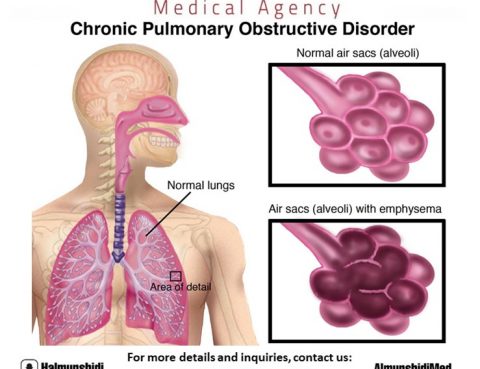
COVID19 is the common problem which the people around the world have been experiencing for years and it is hard to deal with it especially when you have disease that is lung related. One of the diseases is the Chronic Obstructive Pulmonary Disease (COPD). Even the individual who has been fully vaccinated cannot escape from…

A lot of hospitals in Thailand provide comprehensive cancer care and treatment by a multidisciplinary team of cancer specialists. This is one of the reasons why many foreign nationals are coming here to treat their illness especially those cancer patients. What are the treatments for cancer patients? Radiotherapy or Radiation Therapy – this therapy uses…

The best hospitals in Thailand are offered by Almurshidi Medical Agency Why Thailand has the best hospitals in the world? Thailand has the most strategic application of Architecture which shows in their facility. The ambiance of the hospitals helps the patient feel better, calm, cozy as if you are in a high-end hotel. Having an…

The best medical services in Thailand are offered by Almurshidi Medical Agency. Why Visit Thailand? Thailand has become one of the leading countries for medical tourism due to certain reasons: Affordable Cost – Health is a big no to be compromised but no one would like to throw a million while he can spend thousands…

Are you tired of endless bullying due to acne scars? It is definitely at some point in our lives, at the most inconvenient time, like we have special events to attend to, meeting a client, school activities and the like, acne just suddenly flare-up. And as this stubborn acne subsides, eventually the scars are left…

As Thailand is soon to reopen on November 2021 since 70% of people are expected to be vaccinated by the end of October 2021, still, Covid-19 Insurance is mandatory to enter the Kingdom to obtain the Certificate of Entry of COE. A Certificate of Entry or CoE is one of the requirements for those Thai…
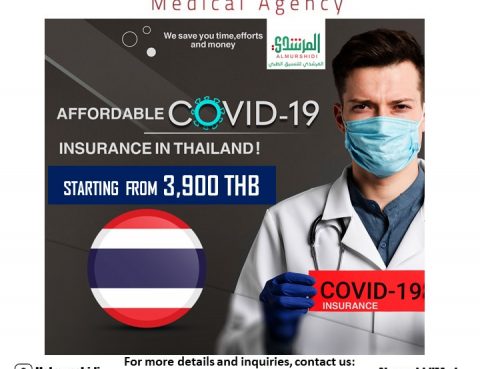
How to enter the Kingdom of Thailand? Three things have to be considered before visiting Thailand for both Thai Nationals and Foreign Nationals. 1. Covid-19 Insurance Policy: You can click here if you want to buy online. Aside from a mandatory state quarantine, visitors should secure a Covid-19 Insurance policy that can be bought online and this…

Super Kamagra contains active ingredients 100 mg. sildenafil citrate (allows more robust blood flow to enable an erection to take place.) and 60 mg. dapoxetine (the only drug with regulatory approval in many countries for the treatment of premature ejaculation.). This is one of the different forms of Kamagra other than Kamagra Chewable, Kamagra Gold,…

